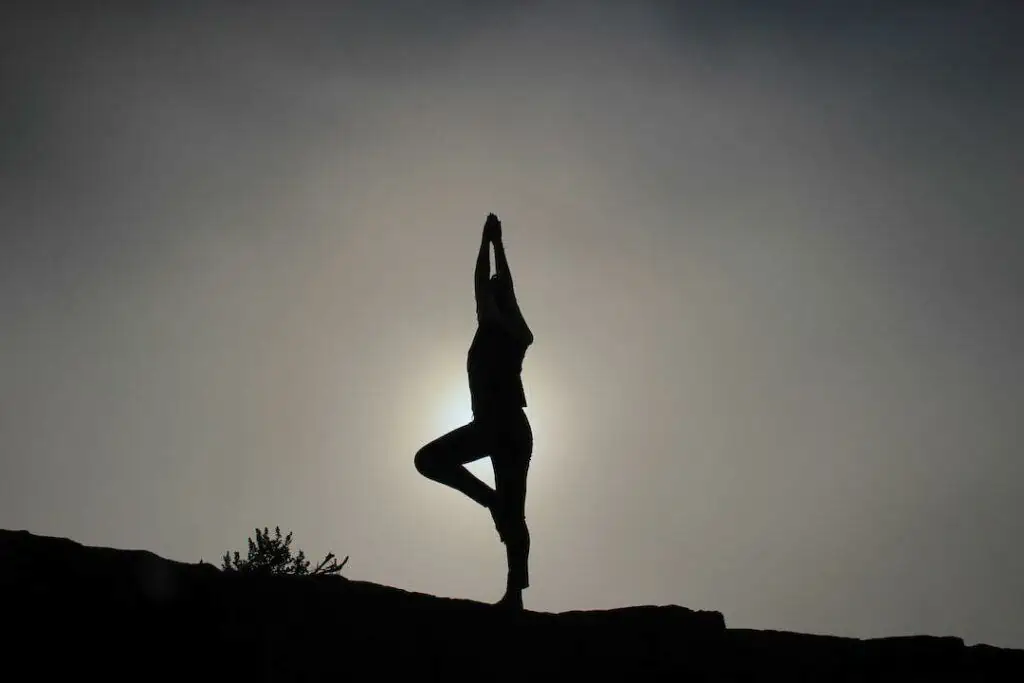
Have you been practicing yoga for a while now and feel called to learn about the practice on a deeper level? Like with any practice with ancient roots, understanding the true yogic meaning can help you get more from this spiritual practice, amplifying the physical, mental, and emotional benefits it provides.
That’s why today, we’re diving deep into the ancient philosophy that continues to impact countless lives, promoting presence, mindfulness, and union.
As you may be beginning to realize, the yogic meaning goes beyond mere physical poses and breathing exercises.
In our exploration, we will uncover the origins of yoga and its universal relevance across diverse cultures and lifestyles, as well as its scientific foundations.
By grasping the authentic yogic meaning, our practice transcends being merely a form of exercise – it becomes a way of life.
Contents
The Origins and Philosophy of Yoga
To understand the yogic meaning, we must embark on a journey spanning thousands of years to its roots in Hindu philosophy. So, let’s start by looking at what the word yoga means and where the practice comes from.
The Yoga Definition in History
The word “yoga,” derived from Sanskrit, most closely translates to the English word yoke. This connection is not mere coincidence but represents yoga’s fundamental objective: unifying the body, mind, and spirit.
The connection between these two words sheds light on an essential truth about the essence and purpose of this time-honored tradition.
The earliest known references to the word yoga can be found in the ancient Indian texts called the Vedas, written around 1500 BCE to 500 BCE.
However, the system and practices of yoga were first recorded in the “Yoga Sutras” by sage Patanjali, which is estimated to have been written around 200 BCE to 200 CE.
Yoga’s Journey Through Time
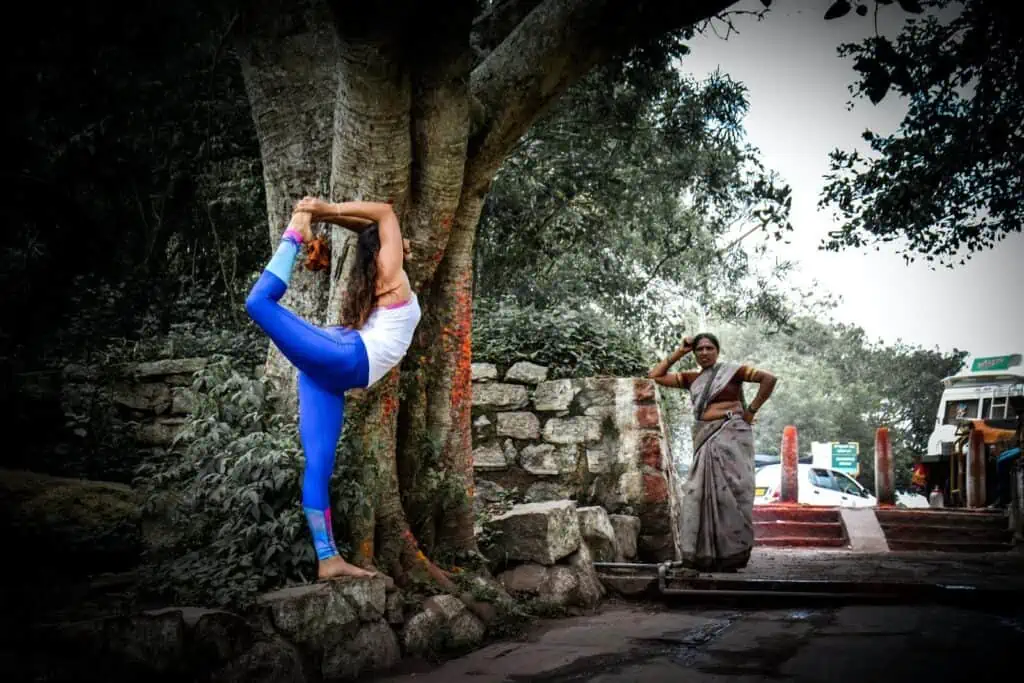
Originally, yoga was conceptualized in Hindu philosophy as a means for producing spiritual enlightenment. Hindus would utilize rigorous practices focused on controlling their senses and cultivating inner peace for the purpose of self-realization.
However, over time, yoga has evolved to encompass various physical postures (asanas) that benefit our physical health, as well as breathing exercises (pranayama) that promote mental well-being. This interpretation primarily stems from Hatha Yoga practices, which place emphasis on utilizing the body as a pathway towards spiritual growth and attaining liberation.
So, while yoga in the Western world is predominantly focused on enhancing the body’s condition, as the roots of yoga show, the practice is just as beneficial for our minds and spirits.
The Universal Relevance of Yoga
Originating from ancient Indian philosophy, yoga has since transcended geographical and cultural boundaries to become a globally recognized discipline.
But why is yoga so popular in the Western world?
Yoga’s popularity lies in its ability to address the overall well-being needs of humans from all walks of life. Whether you’re a student dealing with exam pressure, an athlete striving for peak performance, or a retiree seeking inner peace, yoga offers customized solutions that cater to your specific needs.
In essence, yoga goes beyond physical exercises and encompasses mindfulness practices like meditation and breathing techniques known as pranayama. This holistic approach makes it universally relevant as it addresses both our physical well-being and mental wellness simultaneously.
Let’s take a closer look at the mindfulness aspect of yoga.
Yoga & Mindfulness
Mindfulness is best described as a practice or set of techniques that equip us with the skills to be fully present in each moment without judgment. This invaluable skill helps to reduce our increasingly high anxiety levels while enhancing focus and productivity (something that many of us struggle with in our modern lifestyles).
When we cultivate mindfulness through yoga, we feel an incredibly calming effect on our mind (as I like to call the yogi’s high). When practiced regularly, yoga becomes the tool we didn’t know we needed to help us navigate life’s unavoidable stress and chaos.
Because stress is something most of us have to deal with, yoga benefits us all. From high-stress professions like healthcare providers dealing with patient care to creative jobs that require intense concentration, everyone can enjoy the advantages of this calming practice.
But this is not just my biased opinion as a yoga instructor and life-long practitioner. Science also backs up many of the physical and mental benefits offered by yoga, which further supports its widespread appeal as yogic science satisfies the concerns and objections of non-spiritual, fact-seeking people.
Understanding Yogic Science
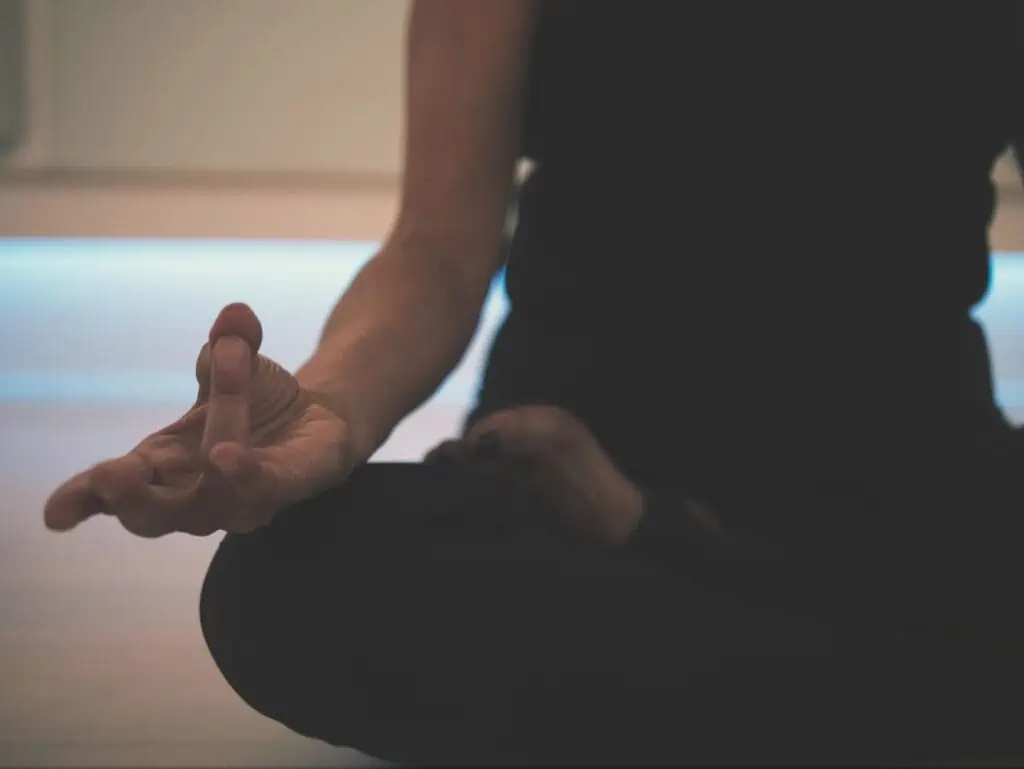
The yogic exercise (physical postures) we practice on the yoga mat can increase our body’s flexibility, range of motion, and flexibility. Asana practice can also improve our stamina, balance, posture, and more.
Meanwhile, the meditation exercises and breathing aspects contribute to our overall mental and spiritual wellbeing, increasing our ability to focus, think clearly, stay present, and much more.
Physical Benefits
Yoga involves gentle stretching and controlled movements, which help to maintain and enhance joint mobility, preventing stiffness and reducing the risk of injury. The deep stretches can also gradually increase muscle flexibility.
However, yoga is not just about stretching; it is a wonderful way to build strength, as it requires you to use your own body weight. Yoga poses engage various muscle groups, increasing muscle tone and endurance.
Plus, unlike some forms of exercise that solely focus on isolated muscle groups, yoga promotes functional strength by involving multiple muscles in a coordinated manner.
Yoga also enhances balance and proprioception, which is the body’s ability to sense its position in space. Many standing balancing poses challenge your stability and coordination, improving posture and reducing the risk of falls, especially in older adults.
Moreover, focusing on controlled breathing during yoga encourages your muscles to relax, reducing tension and stress that can accumulate in the body.
Mental Benefits
When we seamlessly transition between different poses on the mat, much focus is required. Likewise, as we hold an asana-like Tree pose where we balance on one leg, we must fully concentrate on avoiding toppling over.
In these situations, we utilize ancient yogic techniques like Dharana (focused concentration) and Drishti (fixed gaze on one focal point). These tools help us center ourselves and develop more awareness of our bodies and minds’ capabilities and limitations, enhancing our performance on and off the mat.
In addition, as meditation forms an integral part of yoga, it can help to train our minds similarly to how asanas condition our bodies.
Research studies published by PLOS ONE suggest that regular meditation practices can have many positive effects, such as improving attention span, enhancing stress management skills, and increasing self-awareness.
Still, to truly experience these benefits, we must incorporate yoga into our daily routines.
The Advantages of Yoga in Daily Life
When practiced consistently, we can tap into the depths of this yogic power. Along with strengthening your physique and reinforcing your mind, yoga can become a personal and spiritual development path.
Yoga & Personal Growth
For many people (myself included), yoga is the beginning of a transformative personal development journey.
For instance, film producer Oge Egbuonu discovered her passion for filmmaking through regular yoga practice.
Similarly, through my yoga teachings, I have met many people who have had an “epiphany” through regular yoga practice, which led them to change the direction of their life, such as pursuing a new career path or moving countries.
These stories demonstrate how engaging in this ancient practice can encourage self-discovery and open new avenues for personal growth.
Going Deeper: Resources for Elevating Your Yoga Practice
We all come to yoga for different reasons. It could be improving our mobility, learning how to effectively manage stress, or finding a deeper meaning in life.
However, regardless of our personal intention, learning more about the origins of yoga can help us reach our potential in our own practice.
Here are some informative yet easy-to-digest resources I recommend.
Autobiography Of A Yogi
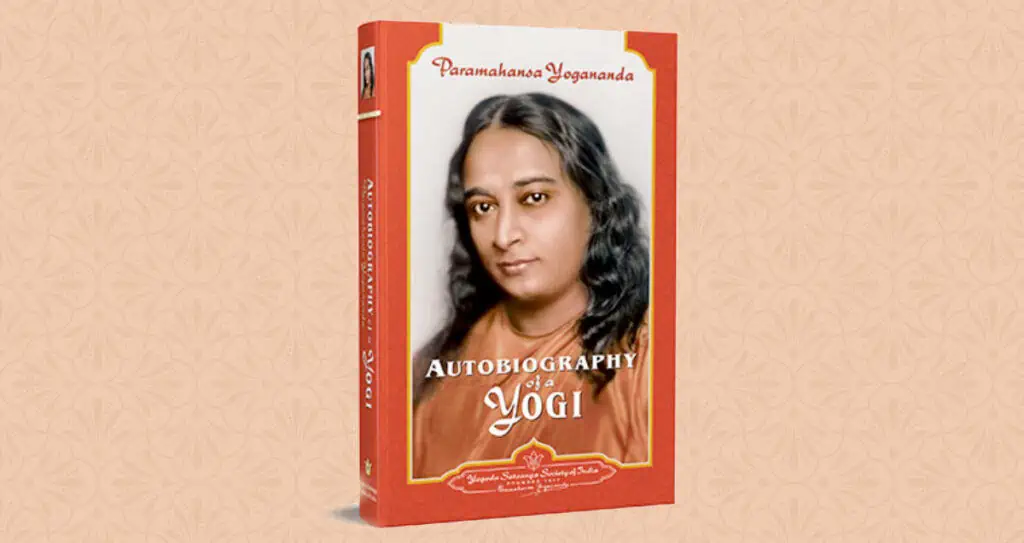
For a more spiritual perspective of yoga, I highly recommend reading the book “Autobiography Of A Yogi” by yogi Paramhansa Yogananda. This extraordinary work provides profound insights into yogic practices from a spiritual standpoint.
In this book, you will explore the life journey of yogi Paramhansa Yogananda and his encounters with mystical individuals. It delves into both physical yoga exercises and their metaphysical implications, making it truly captivating.
Not only does “Autobiography Of A Yogi” provide practical advice on meditation techniques, but it also explains complex concepts like karma, reincarnation, and cosmic consciousness in an accessible manner. The teachings shared within this autobiography can serve as guiding principles for anyone embarking on their own spiritual journey through yoga.
A central message conveyed throughout “Autobiography Of A Yogi” is that true understanding comes from direct experience rather than mere theoretical knowledge. Therefore, you’re encouraged not only to learn about yogic philosophy but also to apply these principles in your everyday life for holistic growth.
Light on Life
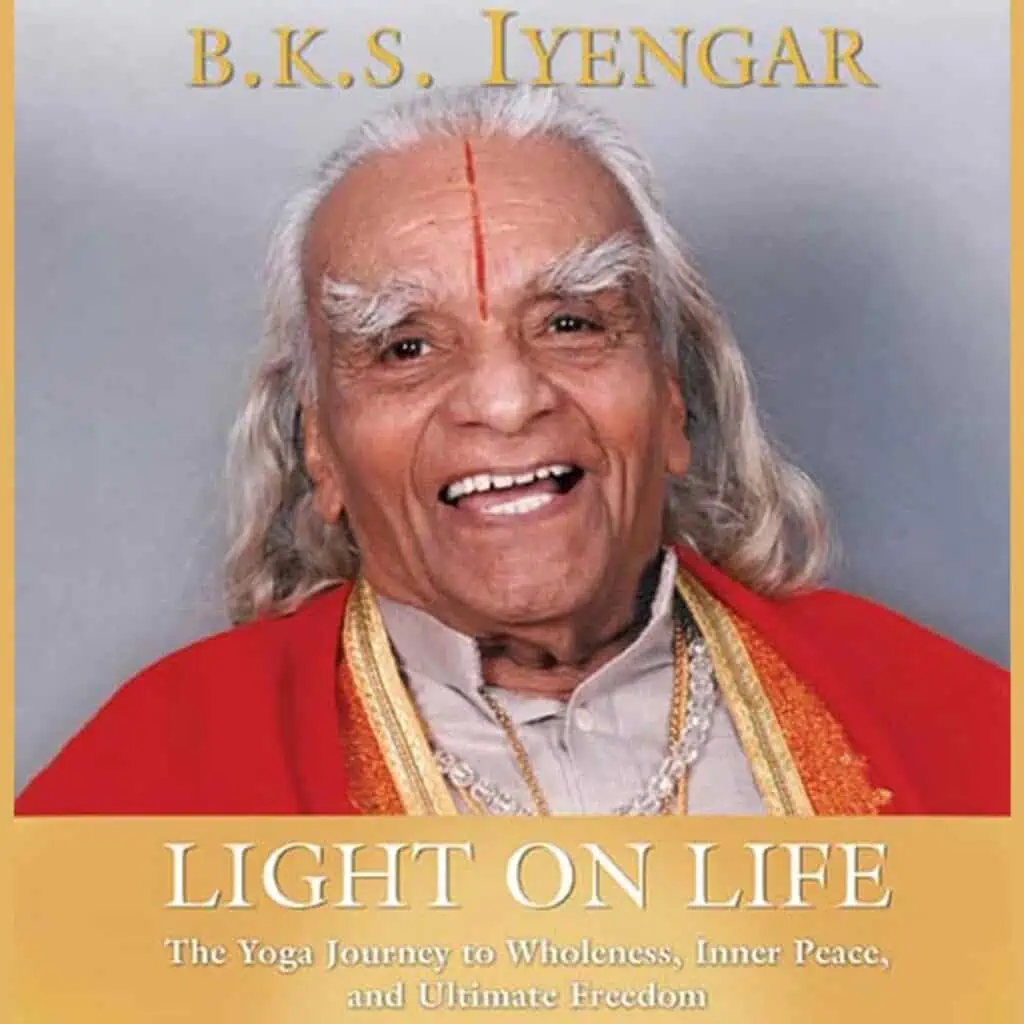
To practice yoga from a holistic perspective, you must first understand all aspects of the practice, i.e., the eight limbs of yoga taught by sage Patanjali.
For a thorough but understandable introduction to the eight limbs of yoga and instructions on the practices they entail, I recommend reading B.K.S Iyengar’s book “Light on Life.”
B.K.S. Iyengar was a prominent figure in the field of yoga, known for his expertise in alignment-based yoga practice. In “Light on Life,” Iyengar:
- Explores the philosophical foundations of yoga and provides insights into how to integrate the eight limbs of yoga into daily life.
- Details the importance of proper alignment physical exercises (asanas).
- Highlights the significance of breath awareness and explains how pranayama techniques can profoundly impact the mind and body.
- He also shares many reflections on his life lessons and personal anecdotes.
Frequently Asked Questions about the Meaning of Yoga
1. How would you describe a yogi?
A yogi is an individual who regularly practices yoga and follows its philosophy, aiming for spiritual insight and tranquility through meditation and physical postures.
2. What does the word yoga mean?
The word yoga comes from Sanskrit, an ancient Indian language. The closest English translation is the word “yoke.” However, many people explain the meaning of yoga as “union.”
3. Is yoga a religion?
No, yoga is not a religion. While yoga has connections to certain spiritual and philosophical traditions (mainly Hinduism), it is not tied to any specific religion.
4. What are the beliefs associated with yoga?
Yoga encompasses the unity of body, mind, and spirit, with self-realization as the ultimate goal. A yogi aims to live with the following values: mindfulness, nonviolence, truthfulness, moderation, cleanliness, contentment, discipline, and letting go off ego.
Final Thoughts on The Yogic Meaning
As you can see, beyond the physical poses and breathing exercises we do in Western yoga classes lies a profound tradition dating back thousands of years.
Even if your goal is to achieve tranquility or presence rather than become enlightened, I highly recommend delving into the philosophical side of yoga. Learning the yogic meaning will help you understand the practice more so that you can fully tap into the yogic power.


